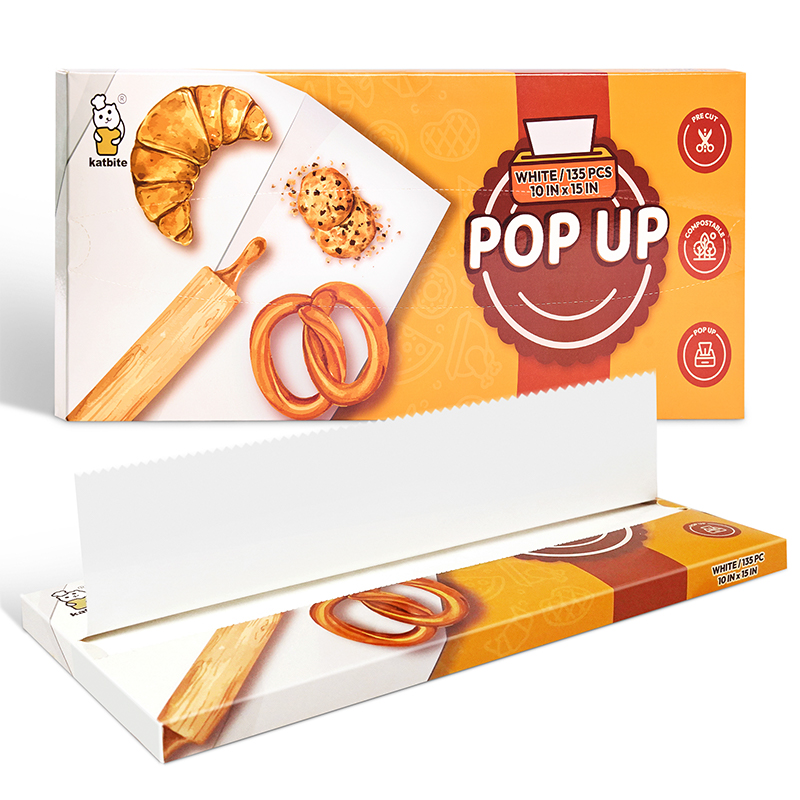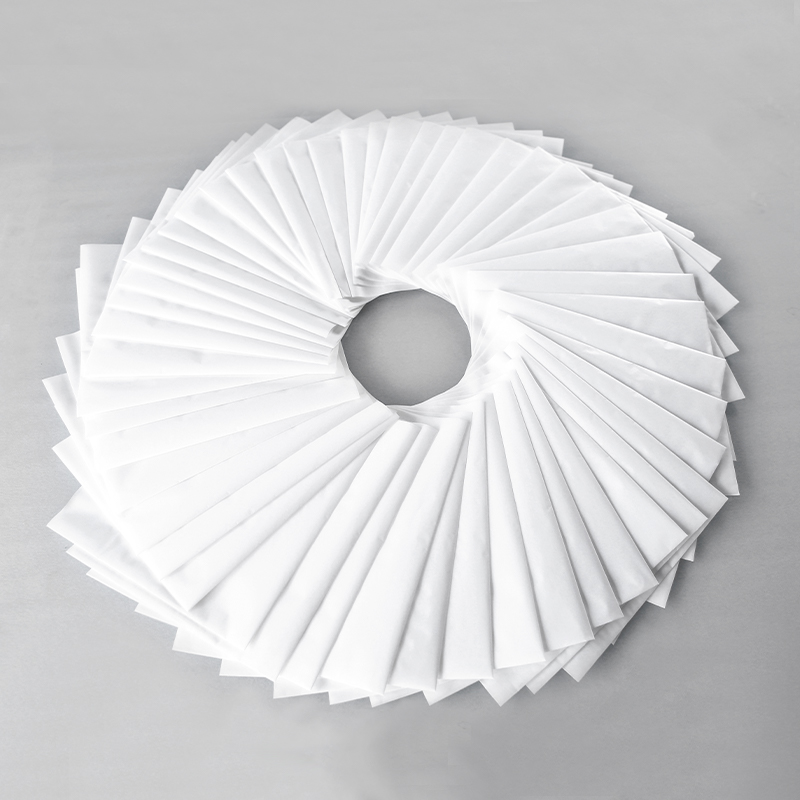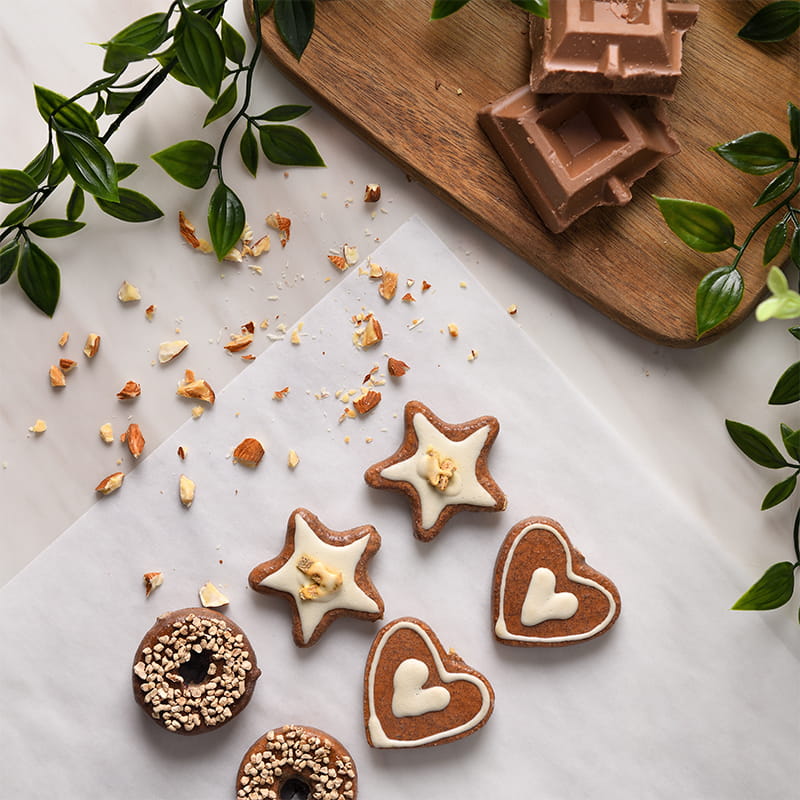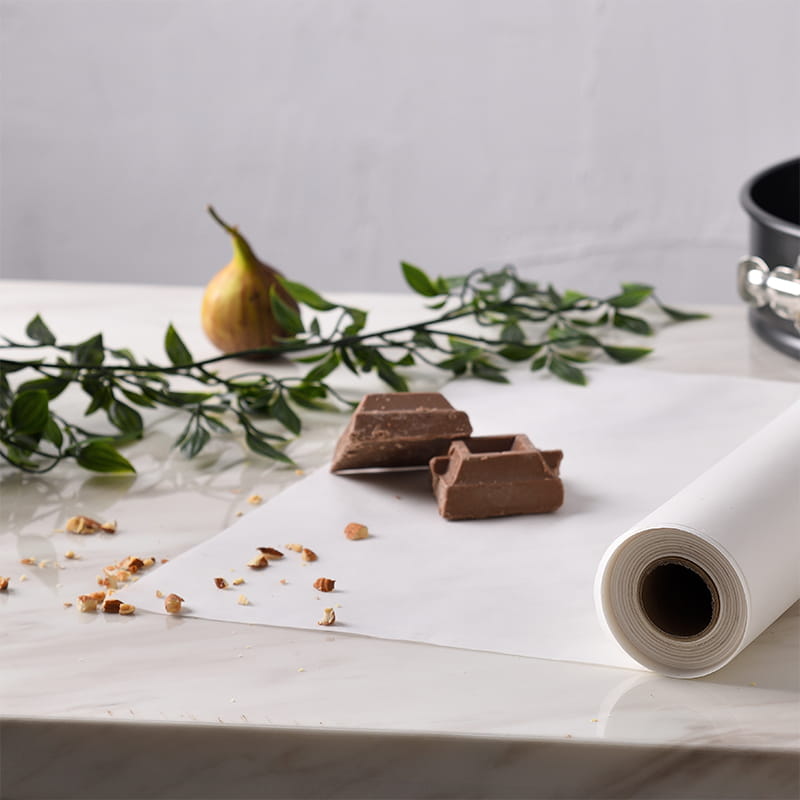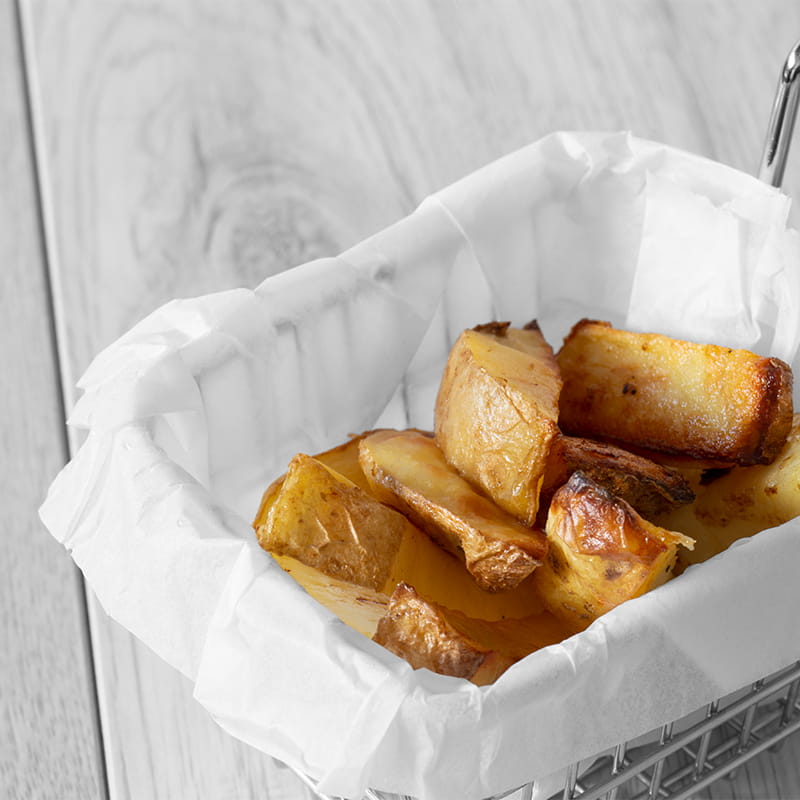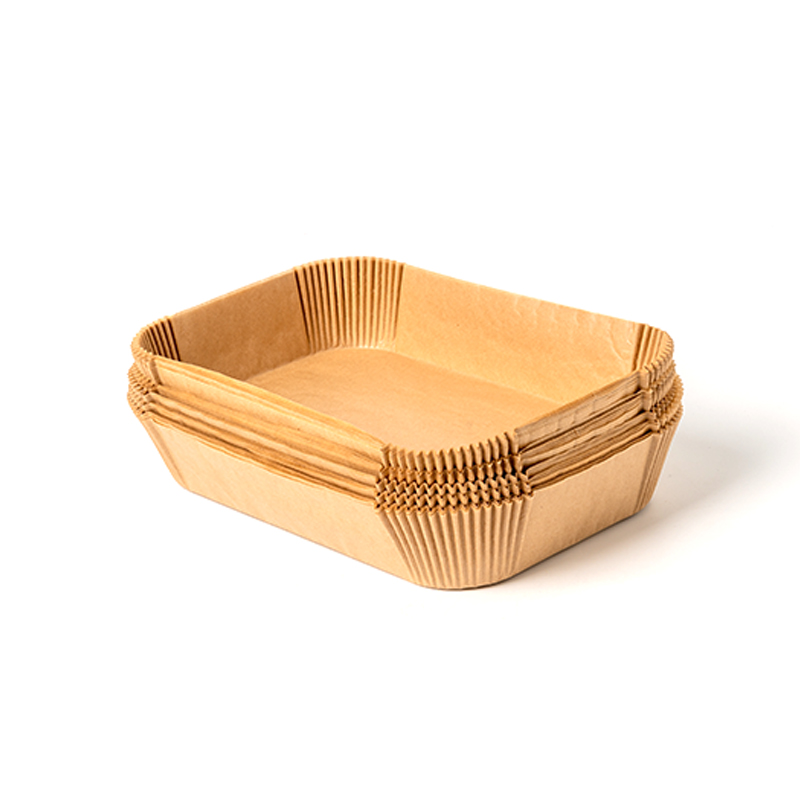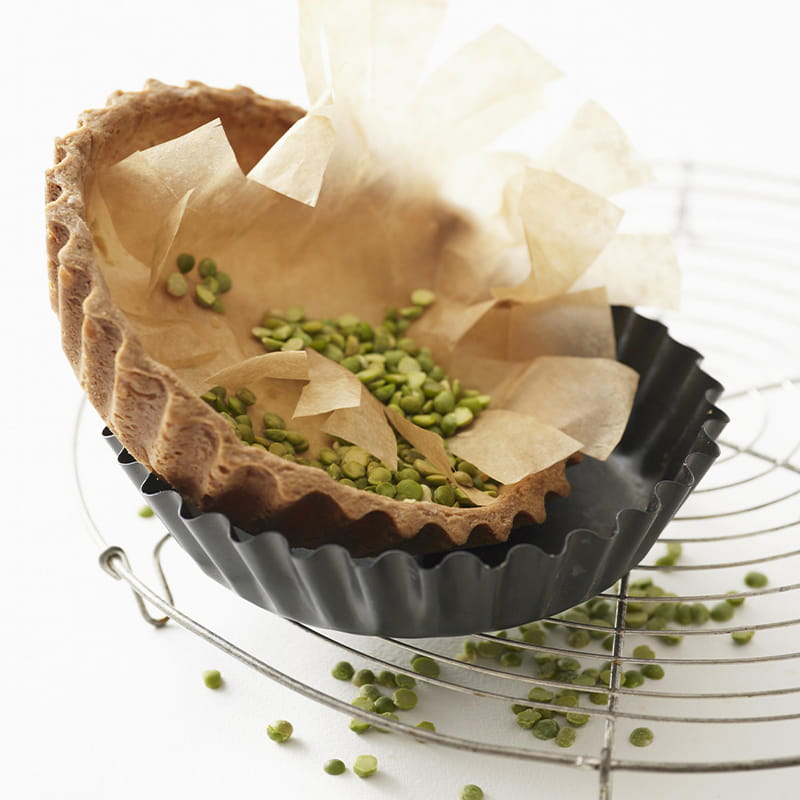Product details: Pop-up parchment paper sheets, an environment-friendly product, are composed of wood pulp and are double-side coated with silicone. Such a coating makes our paper smooth, greasepr...
See DetailsGuanghe's Parchment Paper: Why is it a must-have in the kitchen
Parchment paper is a ubiquitous presence in modern kitchens, lining baking sheets and wrapping foods for cooking. But questions about its safety when heated, along with its enduring popularity and fundamental importance, deserve a thorough exploration. Let's examine the science behind parchment paper, its practical benefits, and its role in contemporary cooking.
Is Parchment Paper Toxic When Heated? Demystifying Safety Concerns
This is arguably the more critical question for health-conscious cooks. The answer hinges on understanding its composition and manufacturing:
1.Core Material - Paper Base: Starts as wood pulp paper, similar to other paper products.
2.The Crucial Treatment - Sulfuric Acid Bath: This stage is key. The paper is briefly treated with sulfuric acid or sometimes aluminum salts. This process partially dissolves the cellulose fibers on the surface, creating a denser, smoother, and crucially, heat-resistant and non-stick layer within the paper itself. This treated layer is integral to the paper, not a separate coating applied later. Importantly, this acid is thoroughly washed away during manufacturing.
3.The Silicone Layer (Common but Not Universal): Many, but not all, parchment papers feature an additional thin coating of food-grade silicone. This silicone layer enhances the inherent non-stick properties provided by the sulfuric acid treatment. Food-grade silicone is known for its stability and inertness at typical cooking temperatures.
Addressing Safety Directly:
Silicone Coating: Food-grade silicone is widely regarded as safe for food contact. It does not melt at typical baking temperatures (generally below 450°F / 230°C) and does not release harmful chemicals when used within its specified temperature range. Overheating can cause it to discour or smoke, but this is distinct from releasing toxic substances like those associated with degraded PTFE (Teflon).
The Acid-Treated Paper Base: The sulfuric acid used in manufacturing is completely removed. The resulting parchment paper is neutral and chemically stable. Extensive testing shows no leaching of harmful chemicals into food under normal baking conditions.
PFAS Concerns: Unlike some older non-stick cookware or certain types of "greaseproof" food packaging, quality parchment paper does not contain PFAS (Per- and Polyfluoroalkyl Substances), the "forever chemicals" linked to health concerns. The non-stick properties come from the sulfuric acid treatment and/or silicone, not PFAS.
Quilon (Chromium Complex) - A Note: Historically, some parchment papers used a coating containing Quilon (chromium sulfate). While deemed safe for use by regulatory bodies when properly manufactured, concerns about potential chromium migration led many manufacturers to phase it out. Modern parchment paper typically relies on sulfuric acid treatment and silicone.
Conclusion on Safety: When used according to manufacturer instructions and within its specified temperature limits (usually clearly marked on the box), parchment paper is considered a safe and non-toxic option for baking and cooking. The materials involved (treated paper, food-grade silicone) are stable and do not release harmful chemicals into food under normal use.
Why Do People Choose Parchment Paper? Beyond Convenience
Its popularity isn't accidental. Parchment paper solves multiple kitchen challenges effectively:
1.Effortless Release & Cleanup: The primary driver. Its non-stick surface ensures baked goods like cookies, pastries, and breads release cleanly without sticking or tearing. This prevents frustrating food loss and dramatically reduces scrubbing time on baking sheets and pans. Greasing pans becomes largely unnecessary.
2.Consistent Baking Results: By creating a barrier between food and metal, parchment promotes even browning on the bottom of items. It also prevents hotspots on the pan from causing uneven cooking or burning. This consistency is valued by home bakers and professionals alike.
3.Versatility in Cooking Methods:
Baking: Essential for cookies, scones, biscuits, fish, roasted vegetables, and more.
En Papillote: The classic technique of steaming food (like fish and vegetables) in a folded parchment packet, locking in moisture and flavor.
Lining Countertops & Boards: Provides a clean, non-stick surface for rolling out doughs or working with sticky ingredients like candy.
Food Wrapping: Can be used to wrap sandwiches, cheeses, or other items for storage or gifting.
Freezing: Excellent for separating layers of food (like burger patties or cookie dough balls) in freezer containers to prevent sticking.
4.Improved Food Handling: Makes transferring delicate items from pan to cooling rack much easier and safer.
5.Reduced Fat Consumption: Eliminates the need to grease pans with butter or oil, contributing to lower-fat cooking when desired.
6.Protection for Pans: Creates a barrier against acidic foods (like tomatoes or citrus) and sugary sauces that can stain or damage certain baking surfaces over time.
Is Parchment Paper Important? Evaluating Its Role
While not strictly essential for survival, parchment paper has become profoundly important in modern kitchens for several reasons:
1.Enabling Home Baking Success: For novice bakers, parchment paper significantly lowers the barrier to entry. Sticking and burning are common frustrations that discourage people; parchment mitigates these issues, building confidence and encouraging more home baking, which can be healthier and more economical.
2.Professional Kitchen Efficiency: In commercial settings, the time saved on pan cleaning and the guarantee of consistent release translates directly to labor savings and consistent product quality – crucial for any food business.
3.Promoting Culinary Exploration: Techniques like en papillote become simple and accessible with parchment, encouraging home cooks to try new, healthy cooking methods they might otherwise avoid.
4.Food Safety & Hygiene: Provides a clean, disposable surface for handling raw meats (like shaping burgers or meatballs) or sticky ingredients, reducing cross-contamination risks compared to reusable surfaces that require thorough washing.
5.Waste Reduction (Compared to Alternatives): While disposable, it often replaces less effective or more wasteful solutions:
Vs. Excessive Greasing: Using large amounts of butter, oil, or cooking spray solely to prevent sticking.
Vs. Aluminum Foil: Foil can react with acidic foods and sometimes sticks surprisingly well. Parchment generally provides better non-stick performance for baking.
Vs. Single-Use Plastics: Offers a compostable (in some cases) or recyclable alternative for certain wrapping and freezing tasks.
6.Accessibility: It's inexpensive and readily available in more grocery stores, making its benefits accessible to a wide range of cooks.
Comparing Common Pan Lining Solutions:
|
Feature |
Parchment Paper |
Silicone Baking Mats |
Aluminum Foil |
Cooking Spray/Butter/Oil |
|
Non-Stick Performance |
Excellent |
Excellent |
Poor to Fair (can stick) |
Good (but varies) |
|
Ease of Cleanup |
Disposable |
Washable |
Disposable |
Requires Pan Washing |
|
Even Browning |
Excellent |
Good |
Can cause uneven spots |
Depends on Application |
|
Reactivity with Food |
Non-Reactive |
Non-Reactive |
Can react with acidic foods |
Non-Reactive |
|
Heat Resistance |
High (Check Pkg Limits) |
Very High |
Very High |
N/A |
|
Cost per Use |
Low (Disposable) |
Low (Long-term) |
Low (Disposable) |
Variable |
|
Environmental Impact |
Compostable (Uncoated/Some) or Landfill |
Reusable |
Recyclable (Clean) or Landfill |
Product Consumption & Washing |
|
Versatility |
Baking, Wrapping, Rolling, En Papillote |
Primarily Baking/Roasting |
Baking, Roasting, Covering, Wrapping |
Pan Greasing |
|
Best For |
Delicate baked goods, en papillote, messy tasks |
Frequent baking, roasting |
High-heat roasting, covering |
Quick greasing needs |
Important Considerations When Using Parchment Paper
Temperature limit: Always adhere to the high temperature rating printed on the parchment box. Exceeding this can cause scorching, smoking, and potentially degradation of the paper or silicone coating. Most standard parchment is safe to around 420-450°F (215-230°C).
Direct Broiler/Flame Exposure: Parchment paper is not flame-proof. Keep it well away from direct broiler flames or open flames on stovetops, as it can ignite.
Bleached vs. Unbleached: Unbleached parchment retains its natural brown color and avoids chlorine bleaching processes, appealing to those seeking minimal processing. Bleached parchment is white. Both types are considered safe when manufactured correctly. Unbleached may be preferable for composting where accepted.
Compostability: Uncoated parchment paper (less common) or parchment with specific certified compostable coatings can be composted industrially. Most silicone-coated parchment paper is not readily compostable and belongs in general waste unless specified otherwise by the manufacturer. Check local composting guidelines.
Avoid Overlapping: When lining pans, try to avoid overlapping sheets excessively, as overlapping layers can trap moisture and affect browning or even ignite in very cases near oven elements.
Conclusion: A Valuable Ally in the Kitchen
Parchment paper’s safety profile, when used correctly, is well-established. Concerns about toxicity from heat are largely unfounded, thanks to its manufacturing process and the stability of food-grade silicone. Its importance stems from its unique ability to solve practical problems: preventing sticking, ensuring consistent results, simplifying cleanup, enabling specific cooking techniques, and promoting kitchen efficiency.
While alternatives like silicone mats offer reusability, parchment paper remains unmatched for sheer convenience, disposability (when needed), and versatility for tasks beyond just lining pans. It empowers cooks of all levels to achieve better results with less frustration. By understanding its properties, limitations, and proper use, parchment paper can be confidently embraced as a safe, effective, and important tool that genuinely enhances the cooking and baking experience. It’s a simple innovation that makes complex tasks easier and good results more reliable.


 English
English 中文简体
中文简体